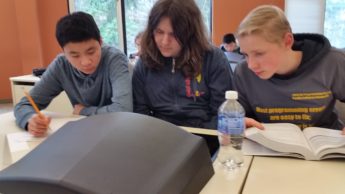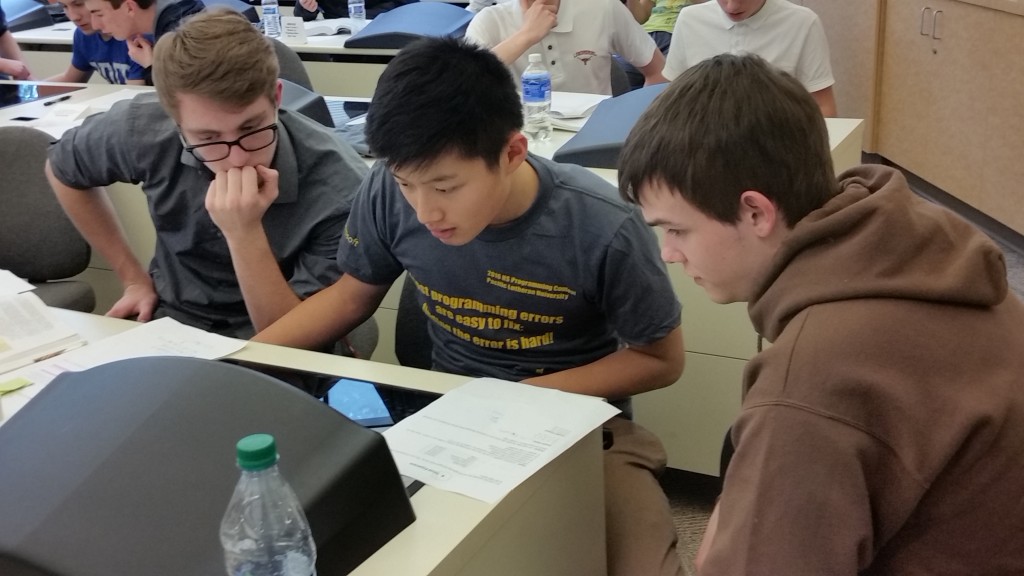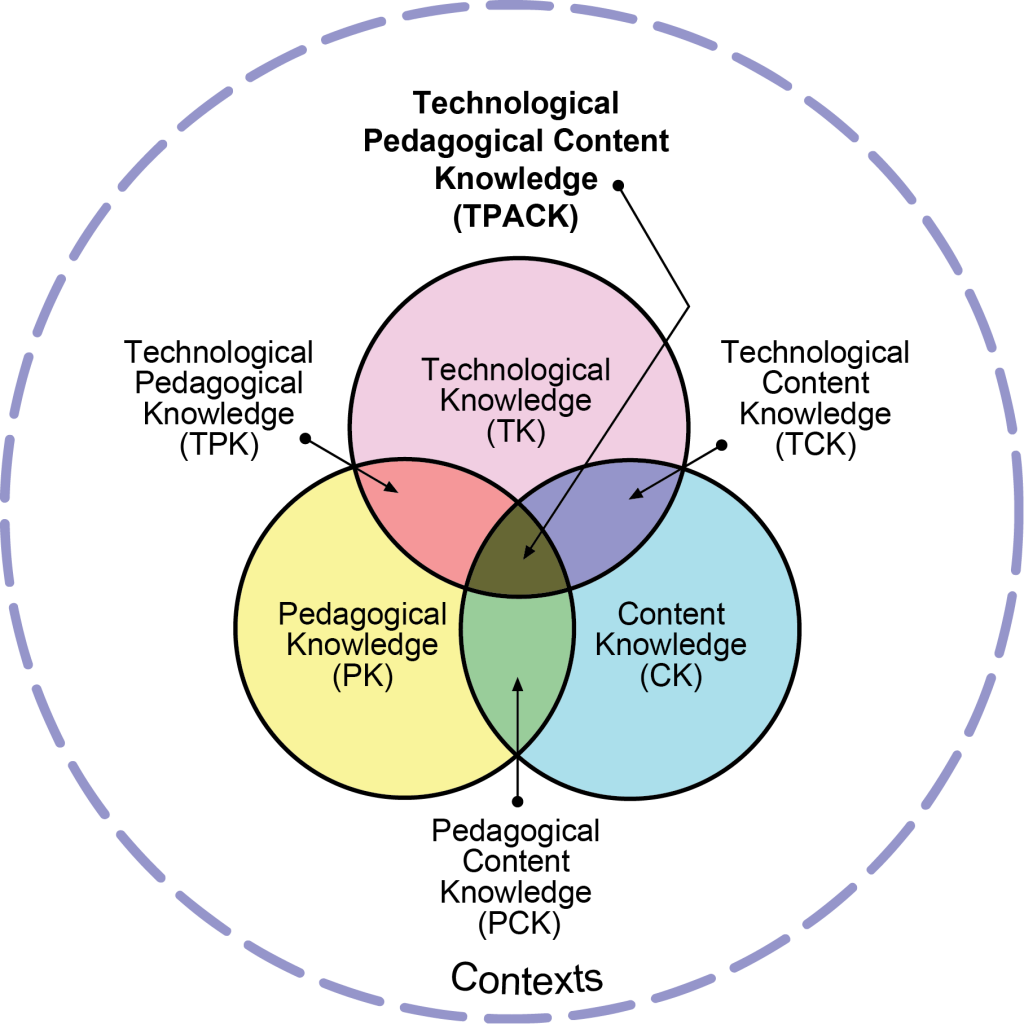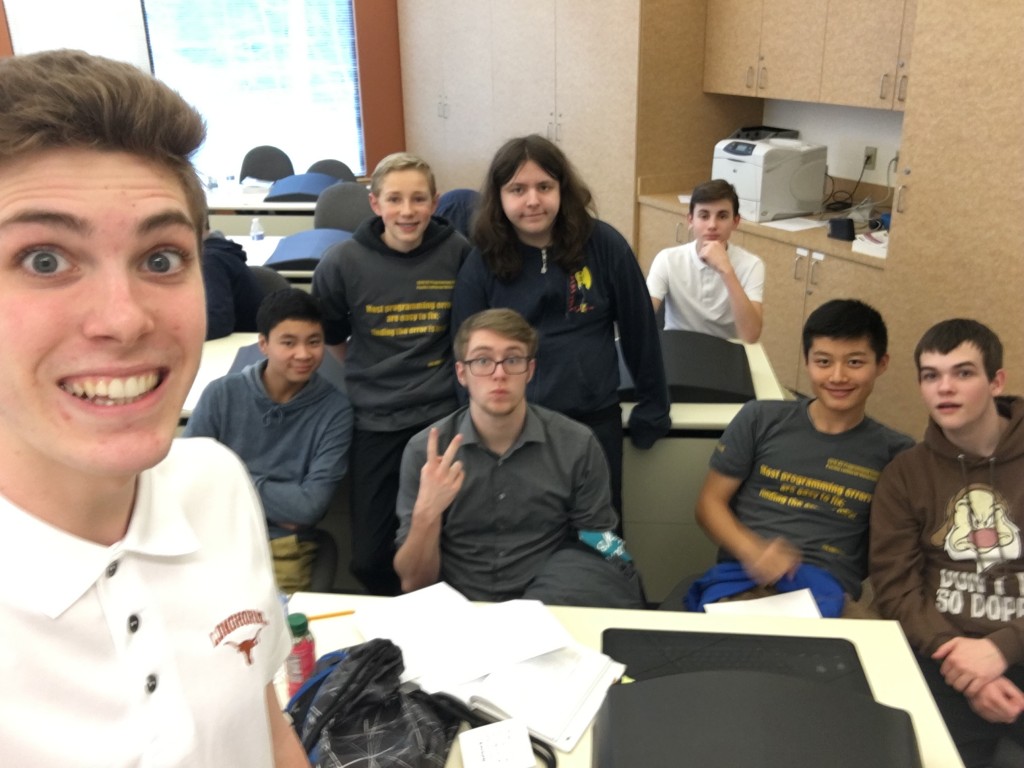
Pair programming supports student-centered learning, where they practice incorporating skills in support of important data structures as they are challenged to create a program that solves a problem. Collaboration is required and students generate their own questions and discussion between students on the concepts increase as they become familiar with the process.
While I knew that there would be issues with pairing some students, I have had the most difficulties with the students that have learning disabilities. I have had to supply them with prompts and coding examples to get them to even start to work together. I will be working on adjusting my student pairings and if necessary the students with the most difficulties will need to work individually.
When looking at how the SAMR model this would allow for significant modification, by allowing for significant redesign, but could be argued that it also is creating a learning environment that would not be possible otherwise and thus could be categorized under redefinition. (Ruben Puentedura)
In looking at TPack, the combination created through pair programming seems to fit into new knowledge that intersects the Technological Content, Technological Pedagogical, and Pedagogical Content Knowledge, to create Technological Pedagogical Content Knowledge (TPACK) the intersection where all three work together to transform the learning environment.
During these first assignments in EDTC 6102 Teaching, Learning, and Assessment 1, I have had the opportunity to reflect on my teaching practices as they relate to the ISTE Students Standards and research the opportunities available to improve the learning outcomes of my students. By evaluating my teaching practices in light of these resources which can also be used to meet the standards and competencies of my curriculum, I have a better understanding of how through strategic integration, I can maximize student outcomes and develop opportunities for them to construct their own learning.

Of the first three ISTE Standards for students my work with ISTE Standard 2 in evaluating how pair programming allows my students to communicate and work collaboratively, while also supporting individual learning and contribute to the learning of others (Bates), has had the most success. When students contributed as project team members or collaborated with their peers to produce original works or solve problems, the concept understandings were deeper. Students were then able to use the programming structures they worked on by themselves. How to Pair Program contains steps on how to make pair programming work (How to Pair Program)
Reproduced by permission of the publisher, © 2012 by tpack.org
ISTE Student Standard 2: Communication and collaboration
Students use digital media and environments to communicate and work collaboratively, including at a distance, to support individual learning and contribute to the learning of others.
Resources:
Bates, A. W. (n.d.). The nature of knowledge and the implications for teaching. In Teaching in a digital age (2). Retrieved from http://opentextbc.ca/teachinginadigitalage
/part/chapter-2-the-nature-of-knowledge-and-the-implications-for-teaching/
How to Pair Program. (n.d.). Retrieved from http://www.wikihow.com/Pair-Program;
International Society for Technology in Education. (n.d.). ISTE Standards for Students. Retrieved from http://www.iste.org/standards/ISTE-standards/standards-for-student
Koehler, M. (n.d.). Tpack- technological pedagogical and content knowledge. Retrieved from http://tpack.org/
Pair widely. Pair often. (n.d.). Retrieved January 25, 2016, from http://www.pairprogramwith.me/
Puccio, G. J., & Figliotti, J. (2014, April 21). How to foster creativity in the 21st century classroom? – P21. Retrieved from http://www.p21.org/news-events/p21blog/1398-how-to-foster-creativity-in-the-21st-century-classroom
Ruben Puentedura on Applying the SAMR Model. (n.d.). Retrieved from https://www.commonsensemedia.org/videos/ruben-puentedura-on-applying-the-samr-model
Wong, W. (2014). How technology enables blended learning. EdTech Focus on K-12.
 PLU Competition 2/2016
PLU Competition 2/2016